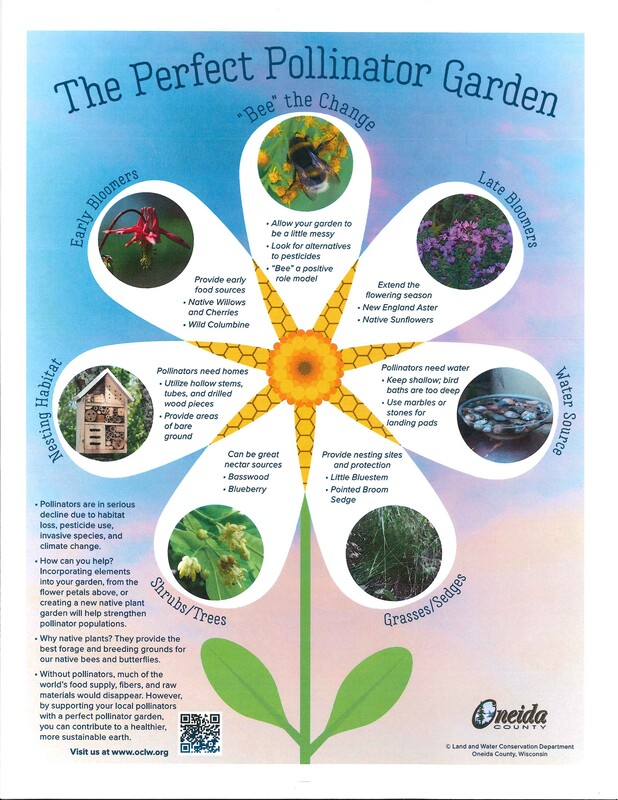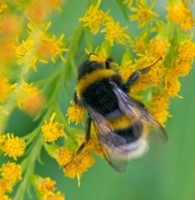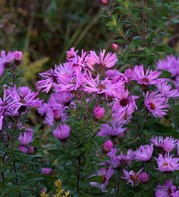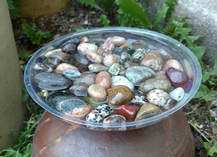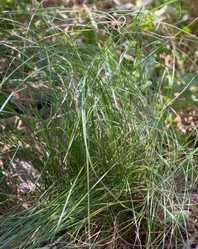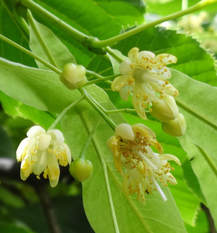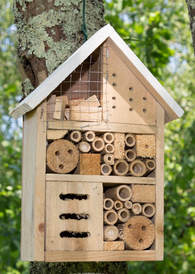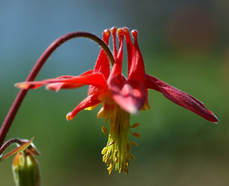Pollinators are in serious decline due to habitat loss, pesticide use, invasive species, and climate change.
How can you help? Incorporating elements into your garden, from the flower petals on the sign (below), or creating a new native plant garden will help strengthen pollinator populations.
Why native plants? They provide the best forage and breeding grounds for our native bees, butterflies, and other pollinators.
Without pollinators, much of the world's food supply, fibers, and raw materials would disappear. However, by supporting your local pollinators with a perfect pollinator garden, you can contribute to a healthier, more sustainable earth.
We hope you can easily find everything you are looking for when it comes to helping pollinators in your own yard. If you have any questions, or would like information on a specific issue, please let us know.
How can you help? Incorporating elements into your garden, from the flower petals on the sign (below), or creating a new native plant garden will help strengthen pollinator populations.
Why native plants? They provide the best forage and breeding grounds for our native bees, butterflies, and other pollinators.
Without pollinators, much of the world's food supply, fibers, and raw materials would disappear. However, by supporting your local pollinators with a perfect pollinator garden, you can contribute to a healthier, more sustainable earth.
We hope you can easily find everything you are looking for when it comes to helping pollinators in your own yard. If you have any questions, or would like information on a specific issue, please let us know.
The Perfect Pollinator Garden
Your garden will be perfect when YOU say it is. Your version of perfect may not be the same as your neighbor's version, and that's just fine! Incorporating one or more of the tips from the flower petals on the sign (above) will make your garden just right for you and perfect for pollinators!
Follow the Flower Petals
Around the Sign
Please be patient while we update this page to give you easy access to the most current information. We are developing native plant sources and/or instructions for each of the "petals" on the sign. Some links may not yet be active; however, we are working to make the site as useful as possible with the most up-to-date-information. Check back often.
|
"Bee" the Change
|
|
Late Bloomers
|
For information on asters that provide a late food source for our pollinators, check out the following video narrated by Baerbel Ehrig, LWCD Pollinator Coordinator. The video was filmed by Michele Sadauskas, LWCD County Conservationist.
|
Water Source
|
|
Grasses/Sedges
|
|
Shrubs/Trees
|
For information on basswood trees that provide some early food sources, check out the following video narrated by Baerbel Ehrig, LWCD Pollinator Coordinator. The video was filmed by Michele Sadauskas, LWCD County Conservationist.
|
Nesting Habitat
|
Click on this photo for
more ideas. |
|
Early Bloomers
|
